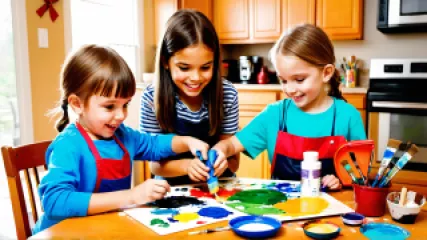Latest Research on Emotional Healing
před 1 rokem
Emoční zdraví
Expert Insights: Effective Stress Management Techniques for Better Emotional Health
před 1 rokem
Emoční zdraví
Emotional Healing: A Step-by-Step Guide to Overcoming Emotional Challenges
před 1 rokem
Emoční zdraví
Embracing the Harmony: A Work-Life Balance Coach's Perspective
před 1 rokem
Rovnováha práce a života
Resolving Sibling Rivalry: An Opinion Piece on Fostering Stronger Bonds
před 1 rokem
Řešení sourozenecké rivality
10 Proven Sibling Bonding Activities to Reduce Rivalry
před 1 rokem
Řešení sourozenecké rivality
10 Steps to Help Adolescents Overcome Common Challenges
před 1 rokem
Výzvy dospívání
Top 5 Proven Techniques to Overcome Procrastination
před 1 rokem
Překonání prokrastinace
Unlock Your Personal Power: A Step-by-Step Guide to Cultivating Mental Resilience
před 1 rokem
Osobní síla v psychologii
How I Managed Stress During the Holidays
před 1 rokem
Stres během svátků
Emotional Support Animals: Transforming Lives Through Animal-Assisted Therapy
před 1 rokem
Terapie s pomocí zvířat
Achieving Work-Life Balance: An Interview with a Work-Life Expert
před 1 rokem
Rovnováha práce a života
The Importance of Work-Life Balance: Insights from a Work Life Balance Expert
před 1 rokem
Rovnováha práce a života
Step-by-Step Gratitude Meditation Sessions Guide
před 1 rokem
Praxe vděčnosti
How to Grow from Criticism and Improve Yourself
před 1 rokem
Zvládání kritiky















